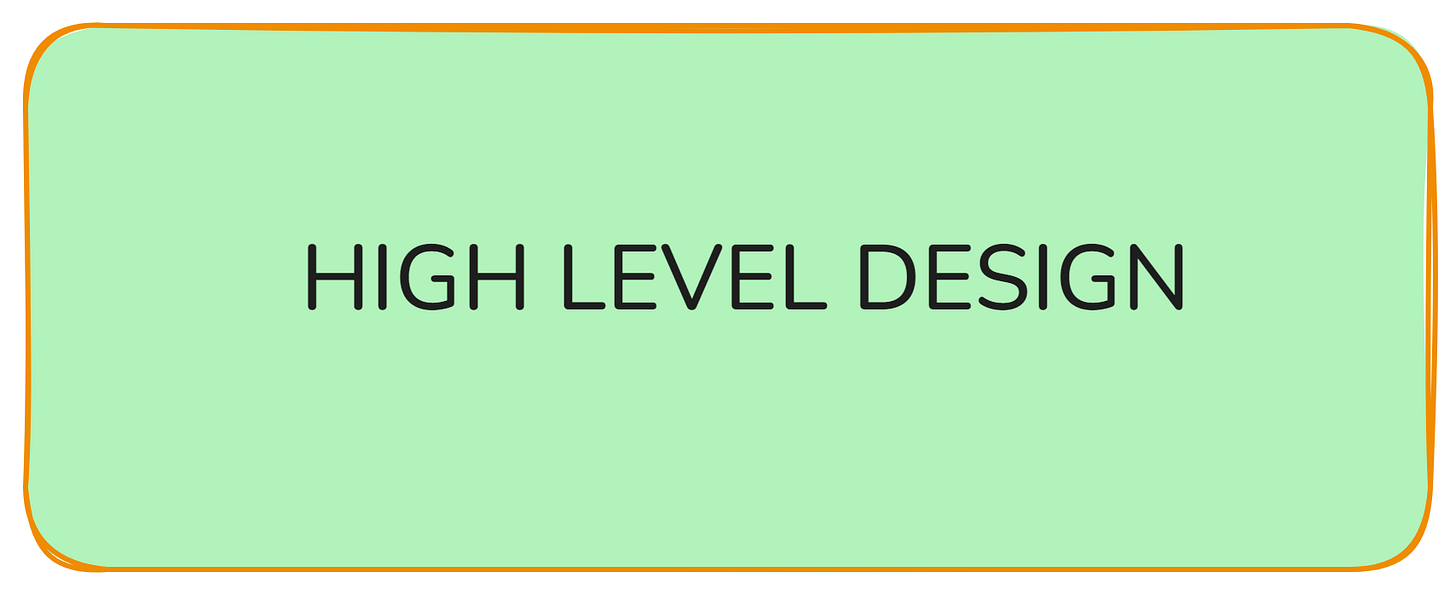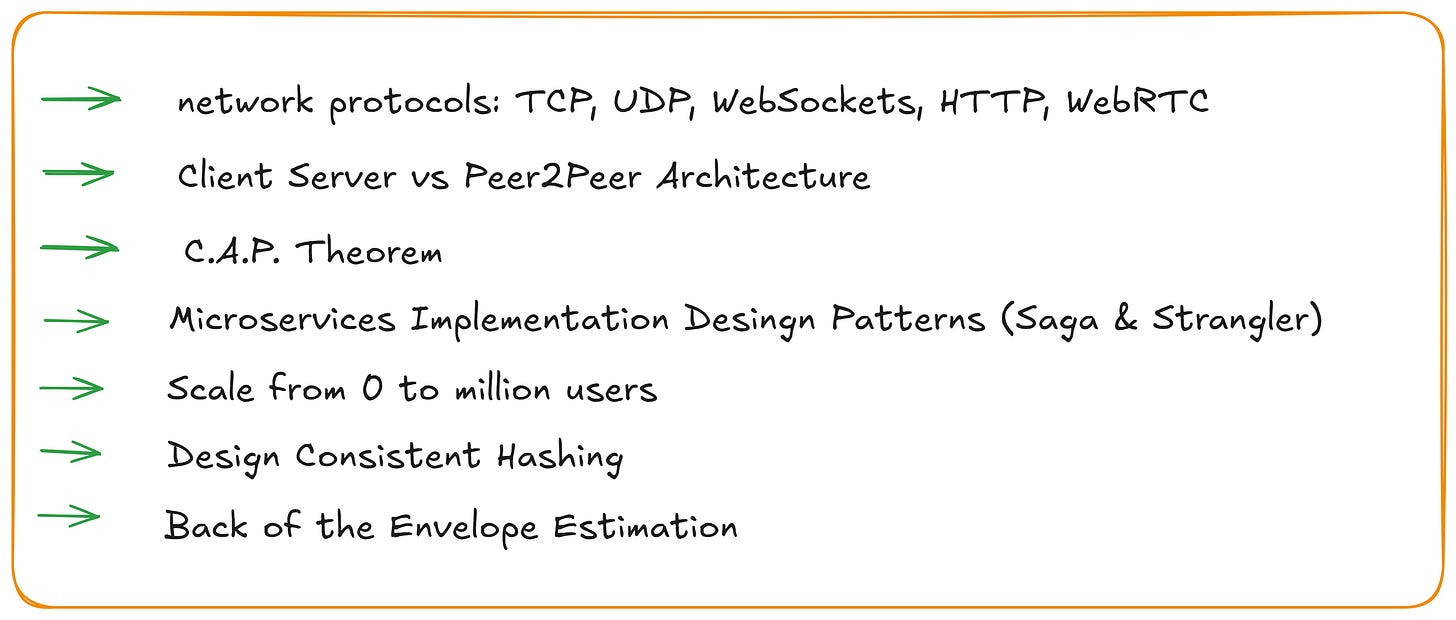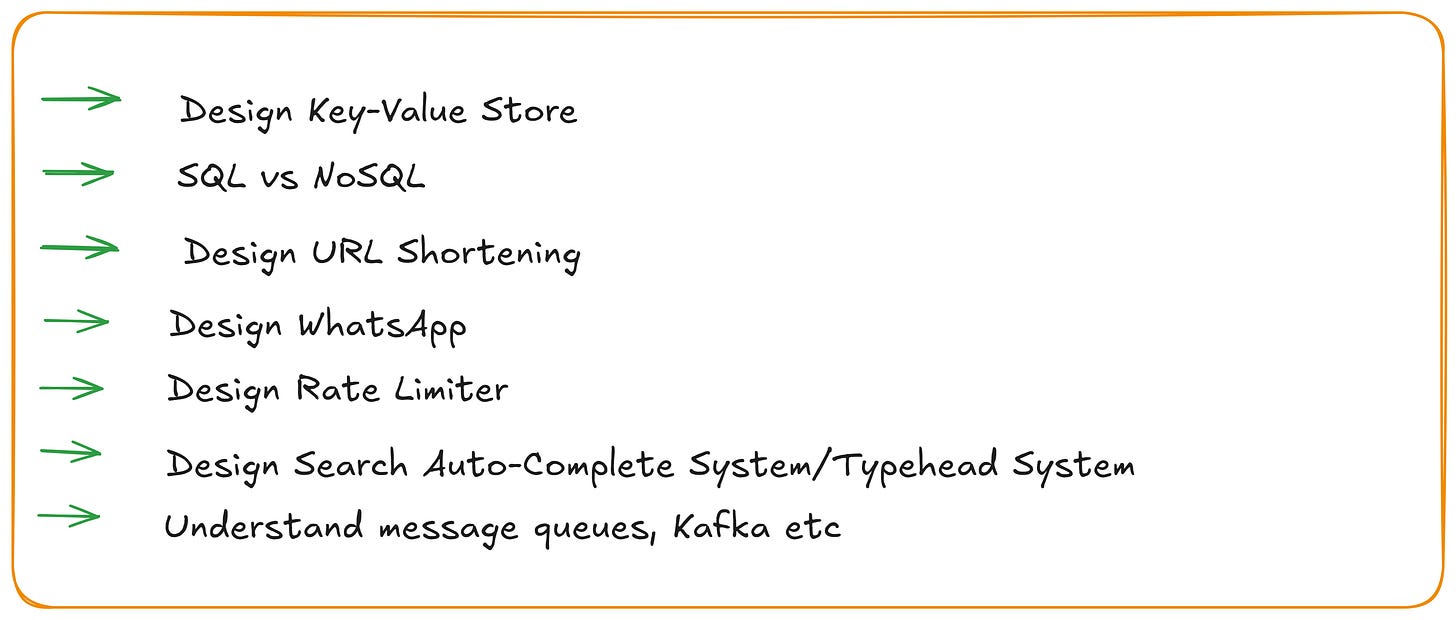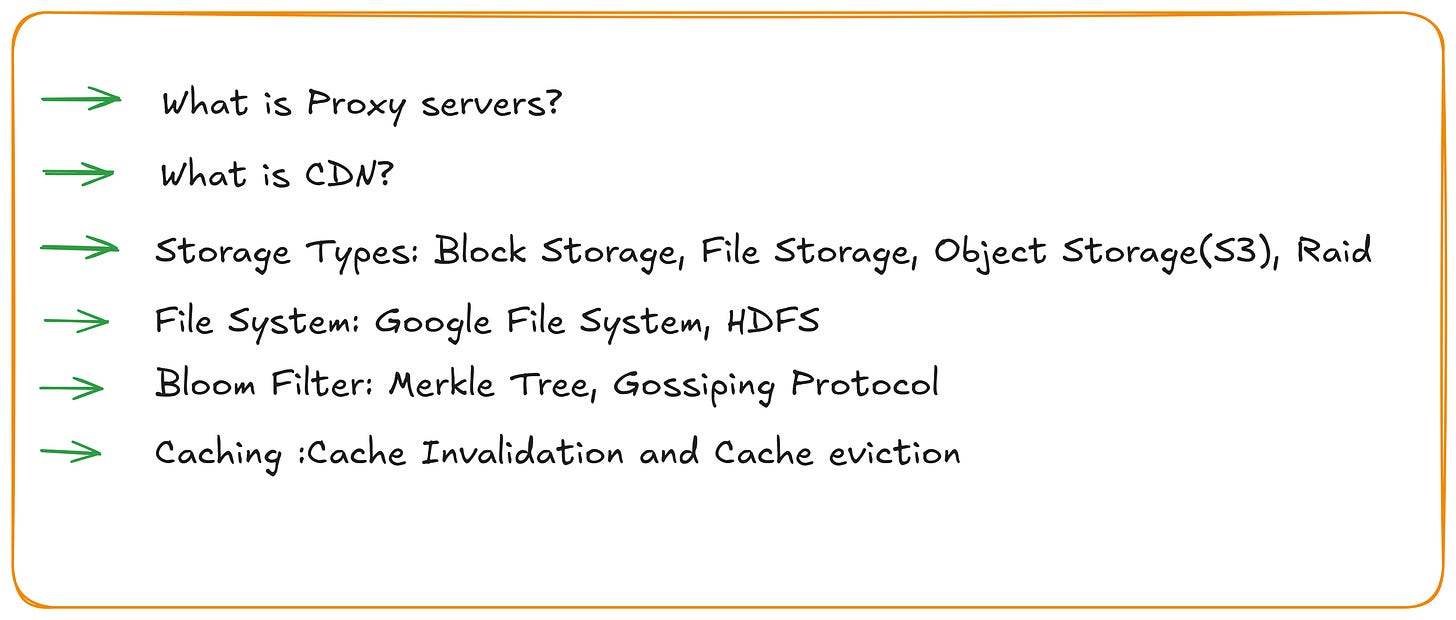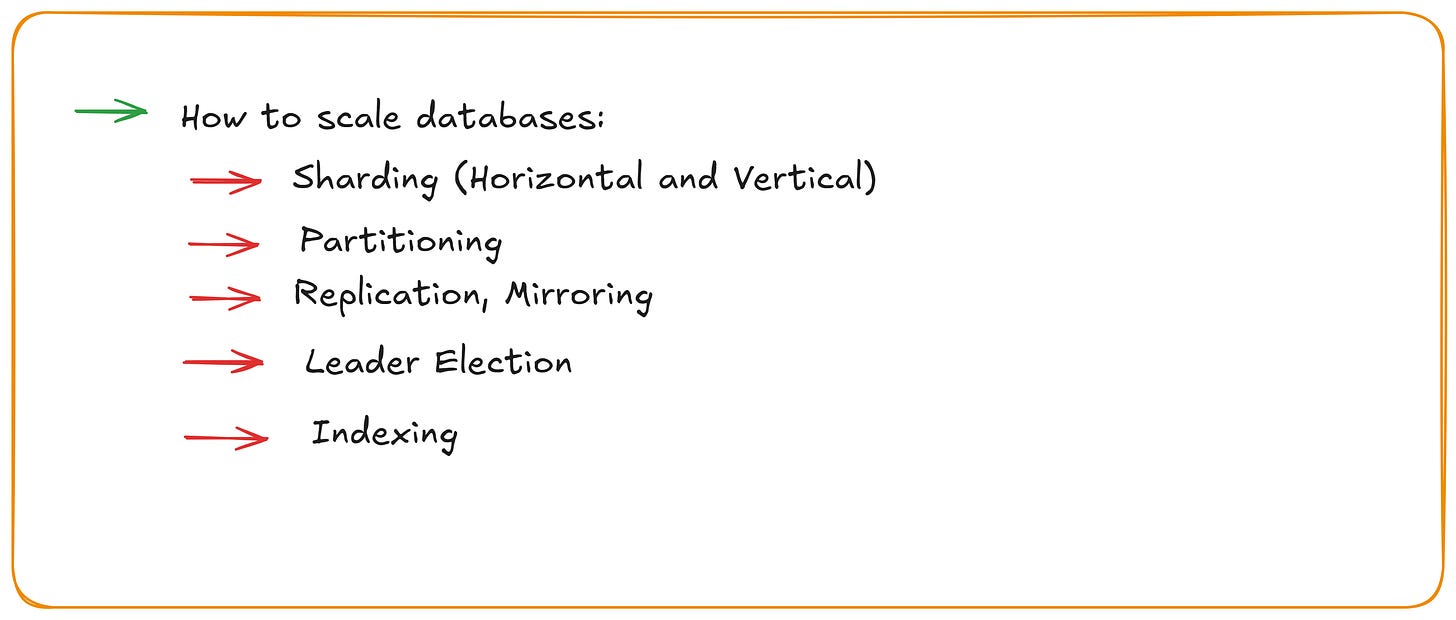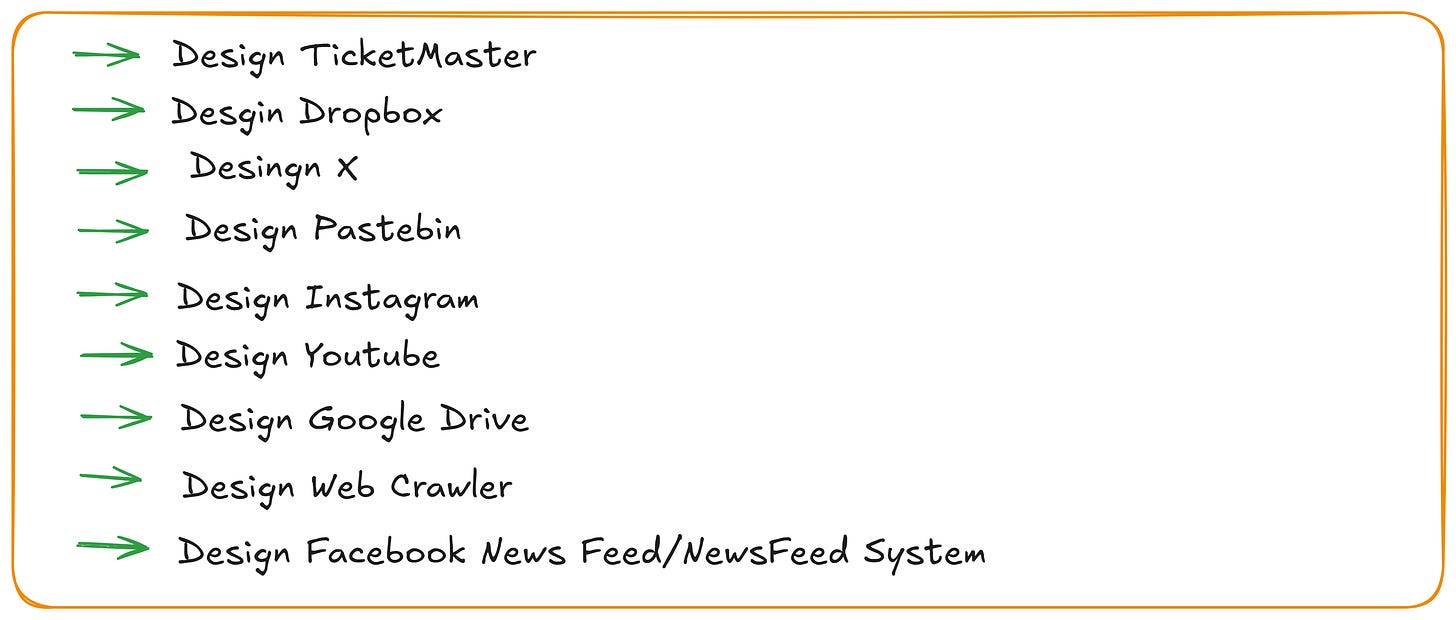What is high-level design?
High-level design is the initial planning stage of a software project. It provides a broad overview of the entire system before getting into specific details.
High-level design helps you understand the big picture of your project before you start coding. It's like having a roadmap that guides the rest of your development process. This planning stage helps catch potential issues early, saving time and effort later on.
By doing high-level design, you create a clear plan that everyone on the project can understand and follow.
Analogy to better understand HLD:
High-level design is like planning the layout of a big building before you start construction. Here’s what you do:
Main Components: Decide what major rooms or areas you need, like the kitchen, living room, and bedrooms.
Interactions: Plan how these rooms will connect, such as where the doors and hallways will be.
Data Flow: Figure out how people will move through the building, similar to planning traffic flow in a building.
Integration: Plan how the building will connect with utilities like water and electricity.
Scalability: Think about how you’ll add more rooms or features in the future if needed.
This helps you get a clear idea of how everything will fit together before you start working on the details.
Pain Point while Learning HLD:
Figuring out high-level system design can be tough because there’s no fixed list of topics to study. There isn’t a set curriculum, and finding a clear guide can be challenging. However, focusing on industry standards and concepts that are asked in the interview frequently will be enough to get started.
Key Topics to Explore in High-Level Design:
Now that we know what to study for HLD, we will be moving on each topic separately.
Thanks.


